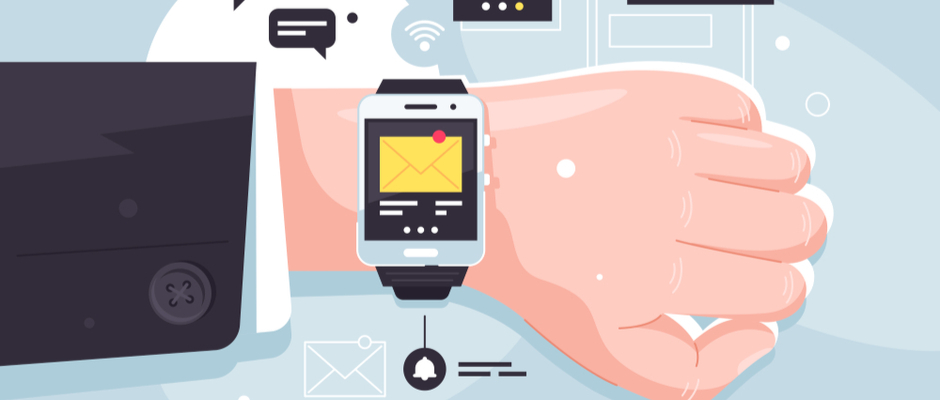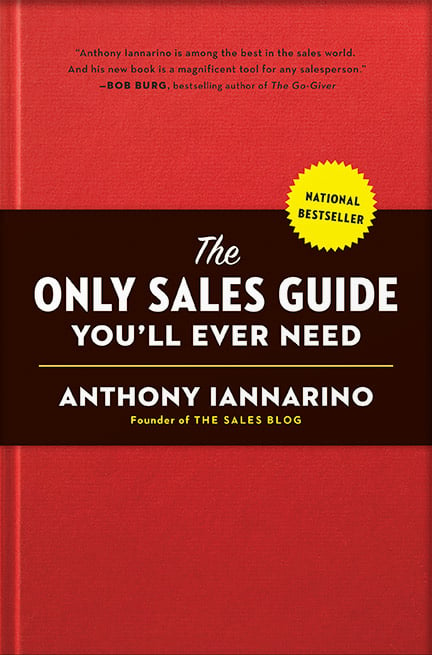The Gist:
- The length of your email may be inversely proportional to its value to your client.
- Most people don’t read long emails and are overwhelmed by how many emails they have to process each day.
- Choose a better medium for sales conversations.
“I have made this longer than usual because I have not had time to make it shorter.” – Blaise Pascal
The developmental editor who helped me with my first book told me that if a normal person could write something in 500 words, I would take 1,500 words. His comment was not meant as flattery. He wanted me to tighten up my sentences, to make them punchier, and to stop meandering. Easier preached than practiced!
Both Pascal and my developmental editor would have much to say about your long emails to prospective clients. I will have even more to say about the horrendous strategy of trying to sell over email.

The Weight of an Email
One salesperson sent me an email of well over 1,000 words—and that was before the 19 attachments assembled at the bottom of their note. While that might not sound like much next to, say, War and Peace, a Tolstoyan email can be just as hard to get through. I used to imagine that my college professors gave assignments by weight, carefully stacking the required reading on a scale to make certain that it was overwhelming. Perhaps this salesperson used the same approach.
The weight of an email has very little to do with how much you write, though: it’s about how you treat your prospective client. Email is a useful tool for brief sales communications, but it can’t replace the sales conversation, especially early in the process. Sure, email lets you craft your message carefully, erasing missteps with one click and polishing every persuasively polysyllabic point. And planning out your language (for an actual conversation) can be a great way to maximize your sales effectiveness. But very few clients will take the time to read your email, especially if they don’t already know you. More importantly, an email designed to sell can eliminate the conversation you need to have—by phone or in person—altogether.

TLDR
One subscriber to my Sunday Newsletter sent me a four-letter note that perfectly conveyed his message. No, not those four letters: TLDR. He was telling me that my newsletter was “too long” and that he “didn’t read” it. I considered advising him to unsubscribe, but thought better of it. Instead, I decided to add “The Gist” to the beginning of my future posts, recognizing that not everyone wants to read 1,000 words, practically a book in a world that thinks in tweets.
Every email you send requires the reader to do an immense amount of work. First, they have to weigh your email against all the other emails that flooded their inbox overnight. The average businessperson receives something like 120 emails a day, making it incredibly difficult to decide what is important and what is worth their time. Most of us have a tough time keeping up with email in general, and getting more or longer email is not going to solve the problem.
Second, your recipient has to read some part of the email to decide whether or not they need to take some action, either now or in the future. The massive amount of email can quickly translate to an overwhelming cognitive load where few (if any) emails are really worth reading. Your email, as well-crafted as it might be, creates an undue burden on your prospective client, increasing the chances that they’ll delete it or simply let it slip into the oblivion that is page 2 of their inbox.

Better Medium, Better Results
The gold standard for sales conversations is a face-to-face meeting. There may be nothing more powerful than showing up to take care of your prospective client’s needs in person (something that will only increase in value in the future). If that’s not an option, video chat has taken over as runner-up, providing a better experience than most other mediums. The bronze goes to the telephone. All three of these choices allow for synchronous communication, where both parties communicate with each other at the same time, a critical factor for any effective conversation. (Email is asynchronous: you send an email now, but your client reads it later. Maybe they’ll get right back to you, or maybe you can expect a reply next time Halley’s Comet makes its way back.)
The better the medium, the better your results. The more time you spend helping your prospective client, the better your ability to create the value they need to prefer you and your solution. Much like a football game, you want to dominate the clock, giving your rival less time to score. Email forfeits a chance to capture more than your fair share of the clock, making it an incredibly poor strategic choice.
Do Good Work
- Why do you choose to send emails instead of using a more powerful medium?
- How does sending emails prevent you from having the sales conversations that serve your client and create a preference to buy from you?
- What should you be doing to dominate your rivals when it comes to spending time with your prospective clients?

Get the Free eBook!
Want to master cold calling? Download my free eBook!
Many would have you believe that cold calling is dead, but the successful have no fear of the phone; they use it to outproduce their competitors.
Download Now










.jpg?width=768&height=994&name=salescall-planner-ebook-v3-1-cover%20(1).jpg)



Comments